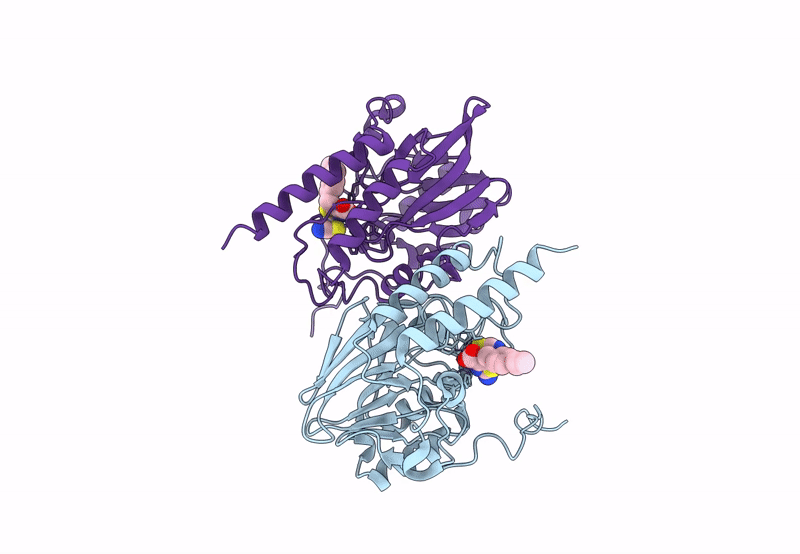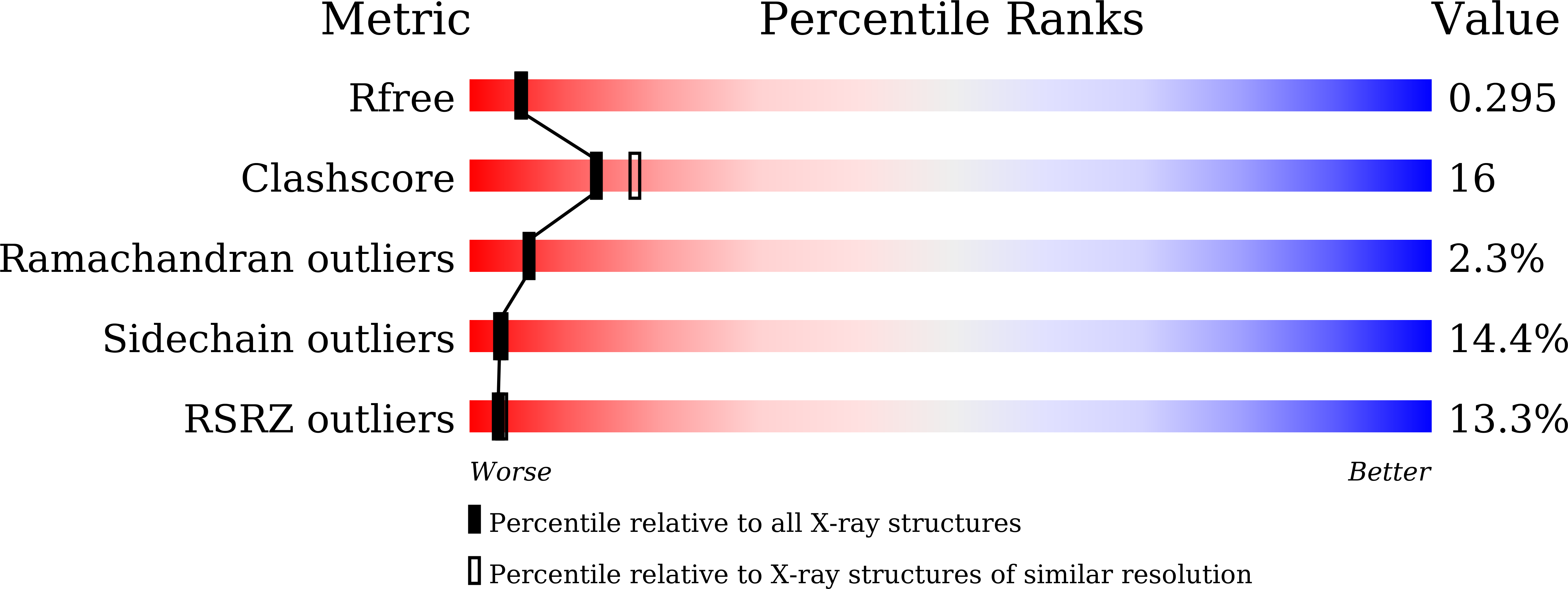
Deposition Date
2023-01-04
Release Date
2023-11-01
Last Version Date
2024-11-20
Entry Detail
PDB ID:
8HXE
Keywords:
Title:
Crystal structure of B3 L1 MBL in complex with 2-amino-5-(4-propylbenzyl)thiazole-4-carboxylic acid
Biological Source:
Source Organism:
Stenotrophomonas maltophilia (Taxon ID: 40324)
Host Organism:
Method Details:
Experimental Method:
Resolution:
2.38 Å
R-Value Free:
0.29
R-Value Work:
0.21
R-Value Observed:
0.22
Space Group:
P 41 21 2


